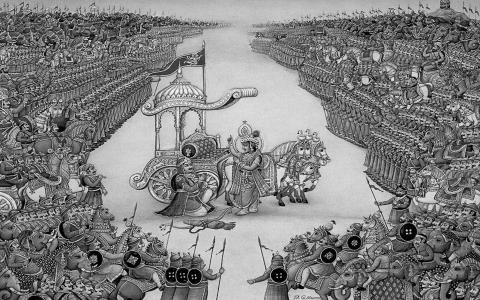
Gist
ಭರತಕುಲದುಭಯವಾಹಿನಿ
ಕುರುರಂಗದಿ ಸೇರಿ ಸಮರಶಂಖಂ ಮೊಳಗಲ್ ।
ನರನುತ್ಸಹಿಸದೆ ಕೃಷ್ಣಂ
ಗೊರೆದಂ ತನಗಾದ ಧರ್ಮಸಂಕಟಭಯಮಮ್ ॥
When the two armies of Bharata’s descendants
met at Kurukṣetra, and the war-conch sounded,
Arjuna, having lost his will
told Kṛṣṇa of his fear and doubt about his dharma
Substance
When the armies of the Kauravas and Pāṇḍavas gathered at Kurukṣetra, known as dharma-kṣetra—the abode of dharma—Arjuna beheld his elders and relatives in front...
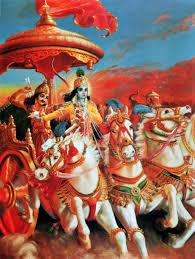
The Yoga of Life
The Bhagavad-gītā establishes and illustrates these three problems of life on a philosophical foundation. There is a place for kāma, a place for artha, a place for dharma, and a place for mokṣa. How is it possible to establish the suitability of attaining one of these four? What are the rules for each of the four puruṣārthas? How are those four courses to be adjusted to ensure that they do not hamper one another? Indicating the...

Puruṣārtha
Man is a bag of desires. His life is a river of ceaseless likes and dislikes. Whatever he desires and whatever goals he attempts to attain have all together been termed by our ancestors as puruṣārthas.
There are four puruṣārthas –
1. Dharma (good works, virtue, sustenance, global ethic)
2. Artha (wealth, means to fulfill desires)
3. Kāma (desire, enjoyment)
4. Mokṣa (liberation).
Kāma and Artha are first desired by all. Both of these...

Manana
There is an element of truth that escapes words and can be discerned only through inner experience. That is the secret. Contemplation via considered reflection is the only way to unravel the secret of Brahman. If the study has to be beneficial, it must follow the path of reflection.
There is an anecdote in the Bṛhadāraṇyaka-upaniṣad. In the court of King Janaka, Gārgī asks the ṛṣi Yājñavalkya about the structure of the earth and the...
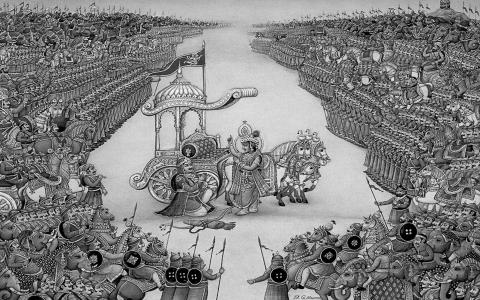
The Importance of Contemplation
The Gītā has two intertwined streams of instruction. One is theoretical whereas the other is practical. The theoretical part is especially intellectual with an ascertaining of the truth using an analytical mindset. The practical aspect or sādhana pertains to the emotional mind. The mind when active is known as the citta – ‘Anusandhānātmaka-vṛttimad-antaḥkaraṇam cittam’ (‘The citta is the contemplative mind.’) The...

Let us get back to the Bhagavad-gītā. There are so many punaruktis (repetitions); upamāna-upameyas (comparisons in a simile) and paradoxes. Our attention should be on their purport. When prosaic speech does not suffice and figurative expressions are resorted to even while describing commonplace incidents and worldly experiences, how else could the mind of the philosopher expressing thoughts about the supernatural reveal itself to us without...
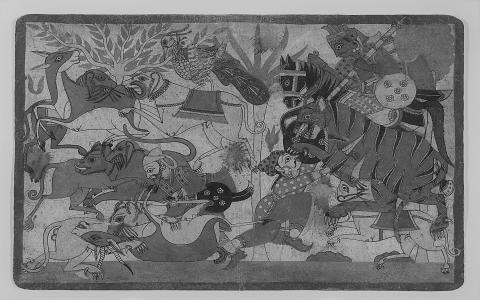
It is indicated above that the buddhi is a power that works with the manas. The buddhi is under the influence of the manas. Therefore, to purify the buddhi, it is imperative to purify the manas. Buddhi is an implement that enables reflection. Manas experiences the product of the buddhi. In Vedānta, jñāna (wisdom) is the same as anubhava (experience). Knowledge of Brahman is the experience of Brahman. Mind is the arena of experience. Unless the...
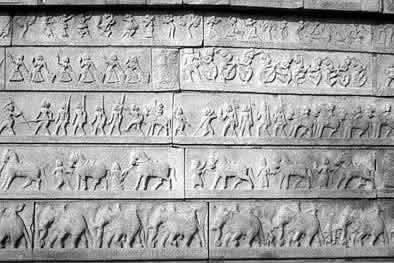
Let us first look at the theme of the work and the qualification to study it. Each of these decides the other. The story of puṇyakoṭi befits a six year old. A study of the Raghu-vaṁśa, however, is for a student aged sixteen or more.
Thus each one decides the other. The one who is capable of dealing with the viṣaya—subject of the work—is the adhikārī. The instruction has to be tailored to the education and capacity of the seeker. Both of these...
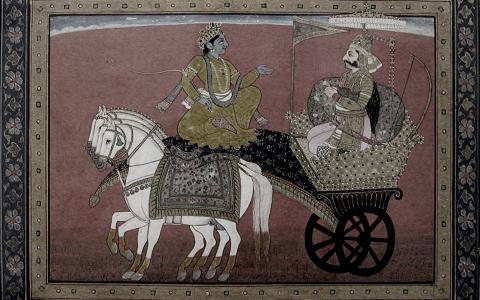
The Style of a Conversation between Friends
The sequence of the Gītā appears jumbled at times. The Gītā is referred to as a śāstra. Its theme does make it one. But in the Gītā’s method of instruction, we do not see a systematic division and order in its topics as in a school textbook. There is a chapter-wise division for sure. But the matter apposite to a specific chapter-topic shows up admixed in a different one. Another chapter’s issue shows...

The Nature of the Work
The Gītā is simultaneously a simple-difficult work or a difficult-simple work. What does it mean? Words may be simple to understand but the meaning of the sentence is difficult. The part that teaches nīti is simple; the part that establishes philosophy is not. It is thus easy to fall in the trap of thinking that one has understood the Gītā. However, it is hard to realise its essence in one’s mind.
Though the language style...
